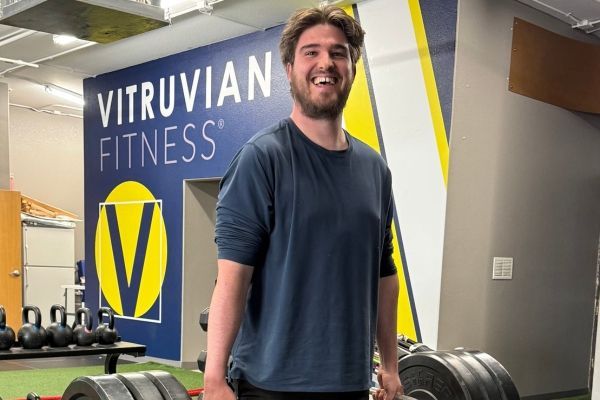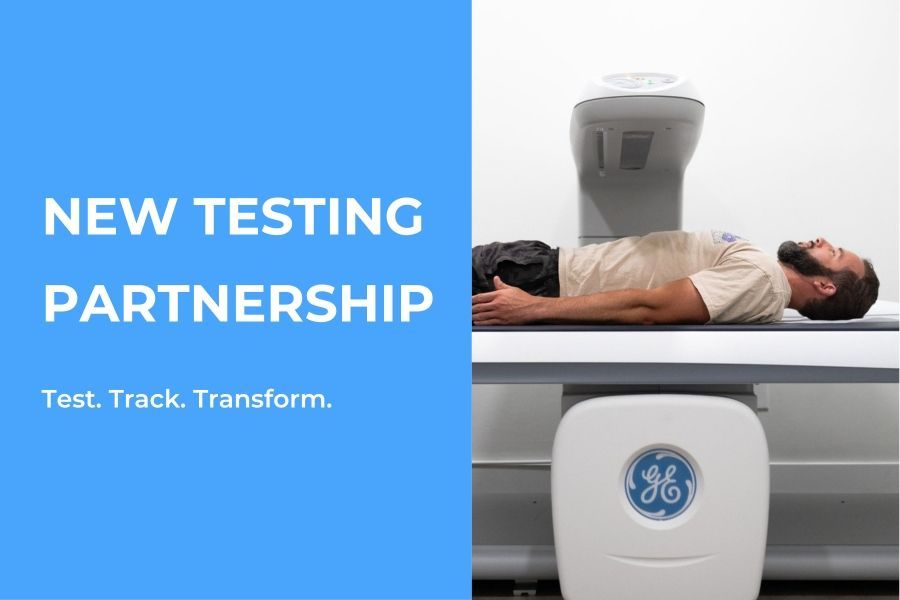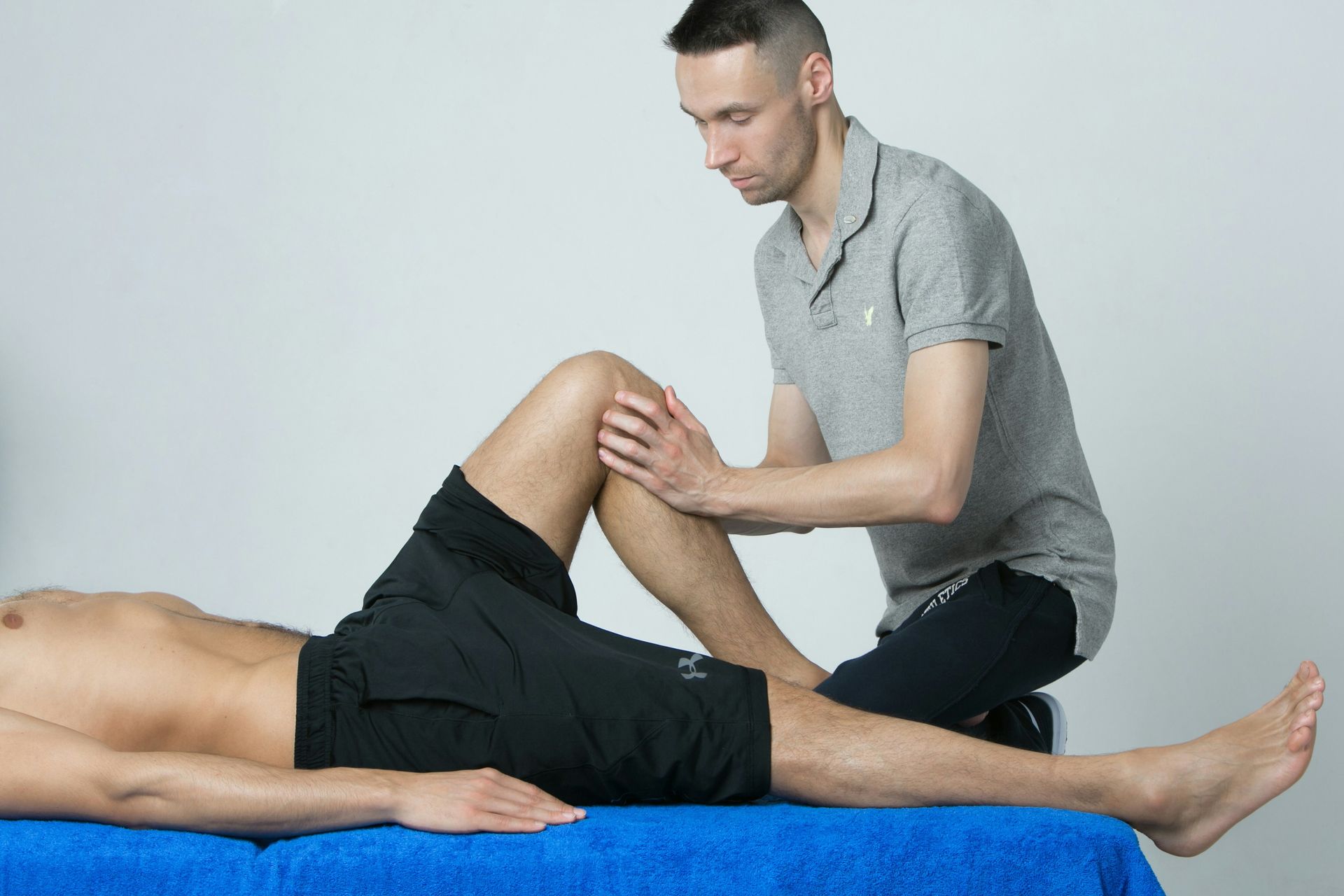4 steps for eating better
When starting a new diet it can be daunting and stressful among other things. Instead of approaching it with restriction and rigidity approach it with gradual positive changes. If you start your diet by cutting out foods you love you will more than likely resent the diet and will struggle with your own will power and feelings of guilt. Here are some way to transform your plate into something you can appreciate both mentally and physically.
1. Begin by adding healthy foods to your diet. Do not eliminate anything you normally eat. Try those vegetables you have never known how to cook like kale or Swiss chard. See recipes for more ideas on these.
2. Upgrade your food choices or make better bad choices as I like to say. If you eat a turkey sandwich on white bread with mayo, lettuce and cheese every day for lunch, upgrade it. Try organic, nitrate, hormone free turkey, sprouted or multi grain bread, hummus instead of mayo and put on lots of veggies (sprouts, cucumbers, peppers, carrots, tomatoes..)
3. Now that you have mastered step 1 and 2 it is time to start eliminating those “bad” foods. This will be a lot easier now that you have a good foundation of “healthy” foods.
4. Eat in moderation. You should really be feeling good and seeing the benefits of eating healthy foods. It is important to remember that eating healthy does not mean depriving yourself of indulgences. My motto is 80/20. Eat 80% for health and 20% for you soul. Soul eating is eating the foods that make you feel good, that nourish you emotionally. Remember to make better bad choices when doing this. If chocolate cake is your thing, don’t eat the cake made from a box. Eat the cake you made using organic ingredients and fresh products.
You might also enjoy these posts . . .







